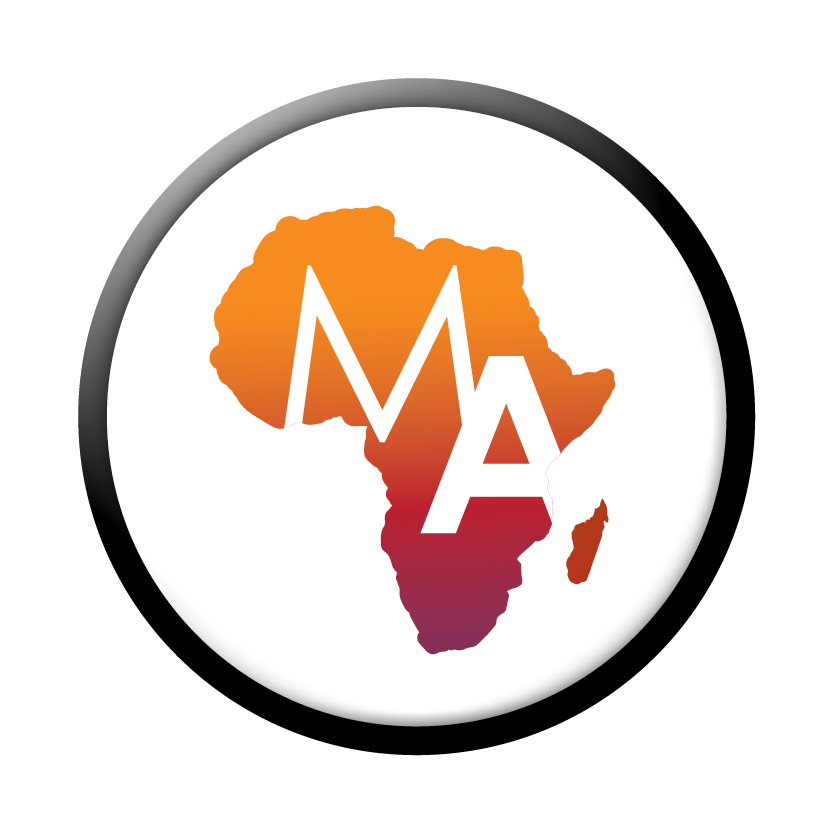Original Story Published by: Charles C. Stewart, The Conversation, www.theconversation.com
Photo Source: Google Arts and Culture
(Above) Up to 40,000 ancient Arabic manuscripts have been digitized and made available online by Google
The ancient Timbuktu manuscripts of Mali were back in the headlines following internet giant Google’s initiative to host a collection of them at an online gallery. The images of the documents, text in Arabic, can be found at a page called Mali Magic.
No place in West Africa has attracted more attention and resources than the city that has always captivated the imagination of the outside world, Timbuktu. There have been documentaries and books, academic studies and a renewed public interest since some of Timbuktu’s world heritage status buildings were damaged in attacks in 2012. The manuscripts, themselves, some reputed to date as early as the 1400s, were threatened and the international community responded.
While Mali Magic displays 45 very photogenic manuscripts from one private library, the site doesn’t begin to tell the full story of the wealth of West Africa’s manuscripts that are found from the Atlantic to Lake Chad.
But thanks to decades of scholarship and, recently, digitisation, that information is now accessible at a bilingual, open-access, online union catalogue of nearly 80,000 manuscripts at the West African Arabic Manuscript Database. This is a resource I began 30 years ago at the University of Illinois that now provides students access to most of the titles and authors that make up West Africa’s manuscript culture.
It’s at this website that one can access the archive of an association of 35 private Timbuktu manuscript libraries – called SAVAMA-DCI. The association has been working with universities on three continents to secure and record, now digitally, their Arabic and Arabic-script manuscripts.
The West African Arabic Manuscript Database provides an even bigger picture. It is a comprehensive inventory of over 100 public and private West African manuscript libraries. In it, we find one-third of all extant manuscripts with known authors (314 titles), written by 204 scholars, one-quarter of them from West Africa. Most of these manuscripts come from the 1800s, but have very deep historical roots.
To read the full article, visit www.theconversation.com.









